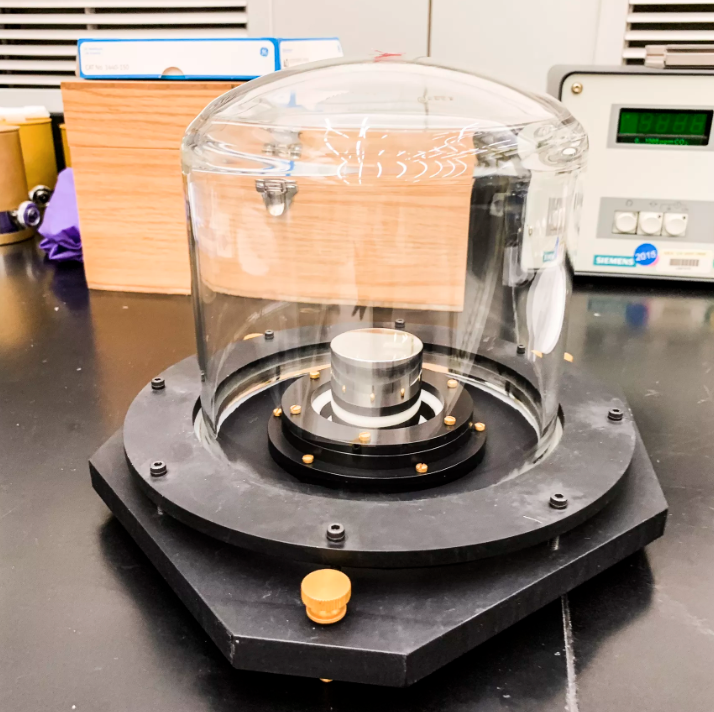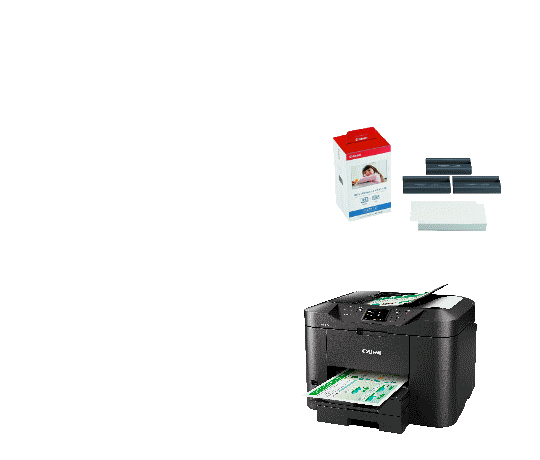The world just redefined the kilogram
It involves complex science and beautifully simple philosophy.
Forty feet underground in Gaithersburg, Maryland, in a bright white laboratory that requires three separate keys to enter, the United States stores a precious collection of small, shiny metal cylinders that literally define the mass of everything in this country.
They are beautiful, with mirror finishes, and I have to resist the urge to touch them. If I did touch them, I could contaminate them with oil from my skin and potentially increase their weight. Patrick Abbott, the “keeper of the kilogram” here at the National Institutes of Standards and Technology (NIST), tells me this would be very bad.
Currently, the kilogram has a very simple definition: It’s the mass of a hunk of platinum-iridium alloy that’s been housed at the International Bureau of Weights and Measures in Sèvres, France since 1889. It’s called the International Prototype Kilogram (a.k.a. Big K, or Le Grand K), and it has many copies around the world — including seven at NIST in Gaithersburg — that are used to calibrate scales and make sure the whole world is on one system of measurement.
Here is one of the copies at NIST, called K4, forged from the same piece of metal from which Big K was created in the 19th century.

This is K4, a copy of the International Prototype Kilogram, forged from the same platinum-iridium alloy.














